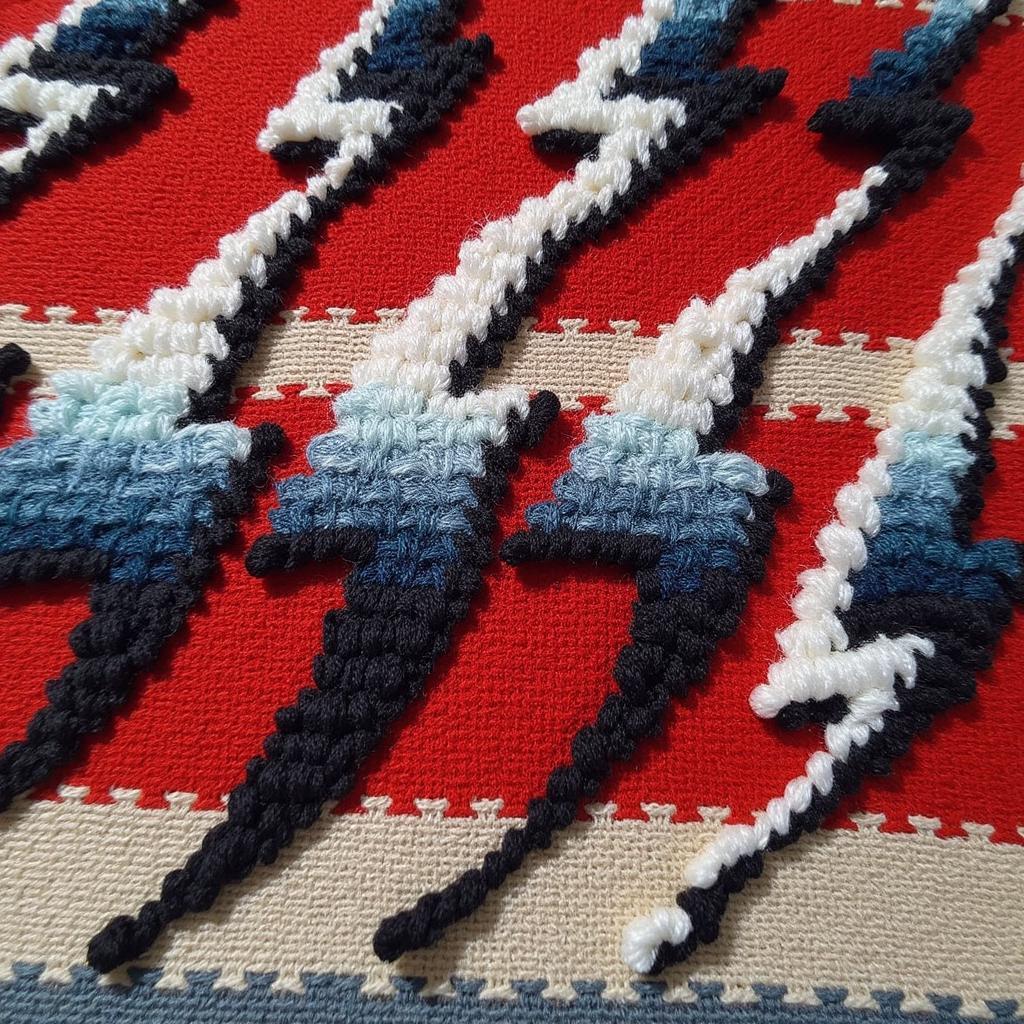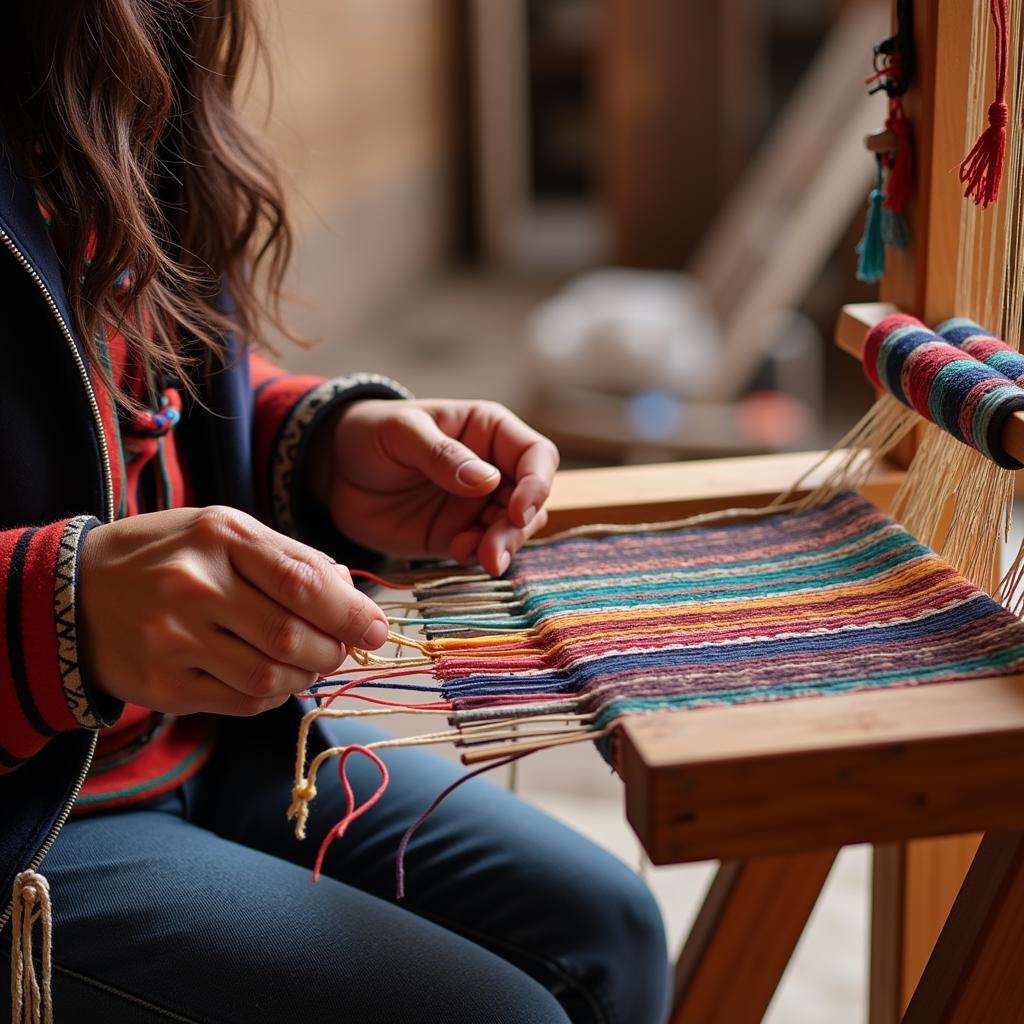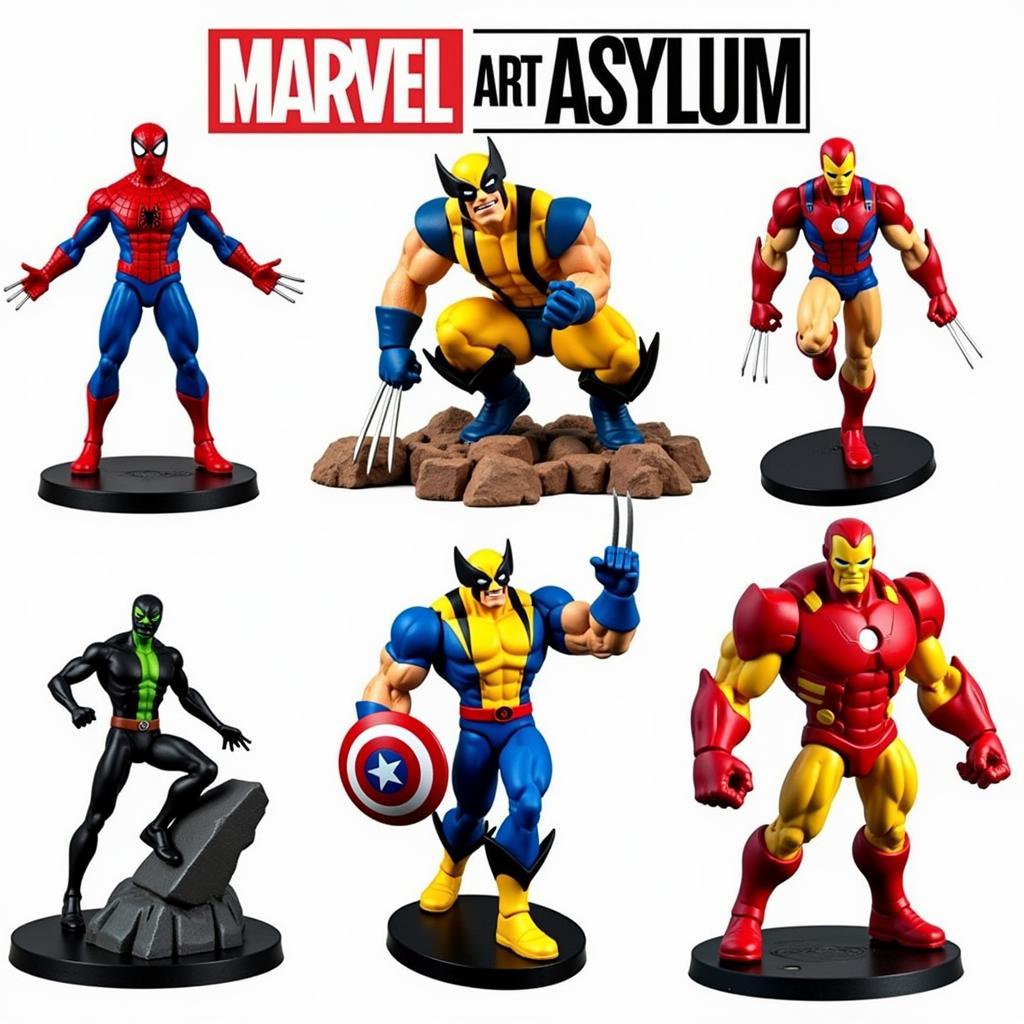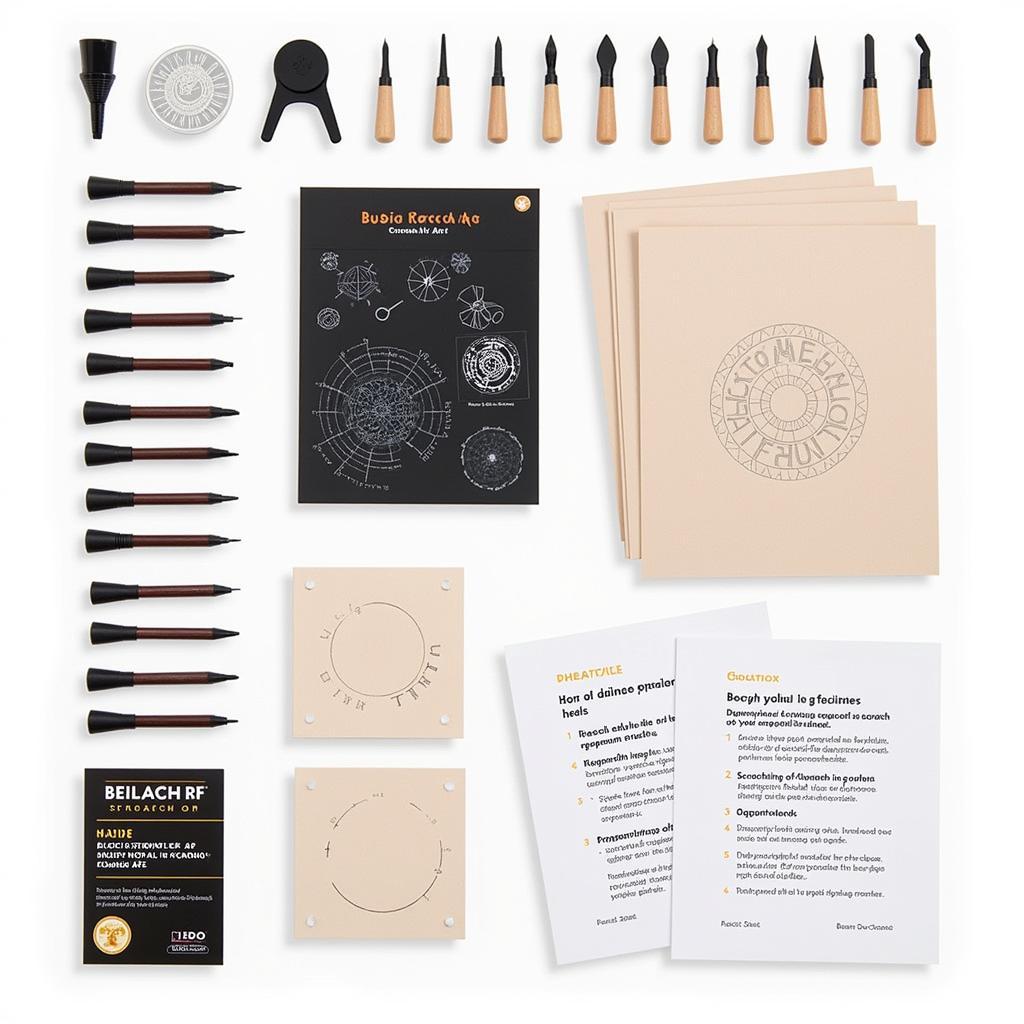Navajo Wall Art: A Vibrant Tradition Woven in Color and History
Navajo Wall Art, deeply rooted in the rich tapestry of Diné (Navajo) culture, embodies more than just aesthetic beauty. It serves as a visual language, narrating stories of ancestry, spirituality, and the profound connection between the Navajo people and their environment. These intricate pieces, often woven with meticulous detail, offer a glimpse into a heritage rich in symbolism and artistic expression.
 Navajo Woven Tapestry Depicting Storm Pattern
Navajo Woven Tapestry Depicting Storm Pattern
Unveiling the Storytellers: The Artists Behind Navajo Wall Art
Traditionally, Navajo weaving has been predominantly practiced by women, with knowledge and skills passed down through generations. These skilled artisans, often referred to as “weavers,” approach their craft with deep reverence, viewing it as a sacred art form intertwined with their spiritual beliefs. From raising sheep for wool to hand-dyeing with natural pigments derived from plants and minerals, every step in the creation process is imbued with intention and cultural significance.
The artistry of Navajo wall art extends beyond mere technical skill; it’s about weaving narratives into the very fabric of the piece. Each design element, from geometric patterns to symbolic motifs, carries meaning and tells a story. For instance, the “yei” figures, often depicted in ceremonial attire, represent powerful deities within the Navajo belief system. Similarly, the iconic “storm pattern,” characterized by its radiating lines and zigzag formations, symbolizes the life-giving forces of nature.
 Navajo Weaver Working on Traditional Loom
Navajo Weaver Working on Traditional Loom
Exploring the Tapestry of Styles: From Rugs to Modern Expressions
While Navajo rugs remain the most recognizable form of Navajo wall art, the tradition has evolved to encompass a broader spectrum of artistic creations. Contemporary Navajo artists continue to honor the legacy of their ancestors while infusing their work with modern sensibilities.
Today, you can find Navajo wall art in various forms, including:
- Tapestries: Often depicting traditional motifs and stories, tapestries serve as stunning centerpieces, adding a touch of cultural richness to any space.
- Weavings: Smaller in scale than rugs, weavings often feature intricate geometric patterns or symbolic representations of Navajo cosmology.
- Paintings: Drawing inspiration from traditional designs and stories, Navajo painters utilize various mediums to translate their cultural heritage onto canvas.
- Mixed Media Art: Reflecting the evolving landscape of contemporary art, Navajo artists are experimenting with mixed media, blending traditional weaving techniques with modern materials and concepts.
Integrating Navajo Wall Art into Your Home: A Touch of Cultural Elegance
Incorporating Navajo wall art into your home transcends mere decoration; it’s about embracing the story, the craftsmanship, and the cultural significance embedded within each piece. Here are some tips to seamlessly integrate these artistic treasures into your living spaces:
- Create a Focal Point: A large tapestry or rug can instantly transform a room, serving as a captivating focal point that draws the eye and sparks conversation.
- Embrace Contrast: The vibrant colors and bold patterns of Navajo wall art often stand out beautifully against neutral-toned walls and furnishings, creating a striking visual contrast.
- Mix and Match Styles: Don’t shy away from blending traditional Navajo art with other design styles. The juxtaposition of old and new can create a visually dynamic and eclectic aesthetic.
- Consider the Narrative: When selecting a piece, take the time to learn about its story, symbolism, and the artist behind it. This deeper understanding enhances the appreciation and value of the artwork.
Preserving a Legacy: The Importance of Ethical Sourcing
As the popularity of Navajo wall art continues to grow, it’s crucial to prioritize ethical sourcing and support authentic Navajo artists. Look for reputable dealers and galleries that prioritize fair trade practices and work directly with Navajo artisans. By making conscious choices, you contribute to the preservation of this rich cultural heritage and ensure that the tradition continues to thrive for generations to come.
In conclusion, Navajo wall art offers more than just aesthetic appeal; it serves as a tangible link to a vibrant culture steeped in tradition, symbolism, and artistic mastery. By welcoming these pieces into our homes, we not only elevate our surroundings but also embrace the stories they tell and the legacy they carry.
FAQs:
- What are the common materials used in Navajo wall art? Traditionally, Navajo weaving relies heavily on wool sourced from sheep raised by the weavers themselves. Natural dyes derived from plants and minerals are used to create the vibrant colors.
- How can I identify authentic Navajo wall art? Look for pieces accompanied by certificates of authenticity or documentation verifying their origin. Reputable dealers and galleries specializing in Native American art are also reliable sources.
- Are there specific care instructions for Navajo wall art? Avoid direct sunlight and excessive humidity, as these can damage the fibers and colors. Regular dusting with a soft brush or cloth is usually sufficient for cleaning.
Need Help?
Contact us at Phone Number: 02462573573, Email: danteum@gmail.com Or visit us at: Savico Megamall, 7-9 Đ. Nguyễn Văn Linh, Gia Thụy, Long Biên, Hà Nội 10000, Việt Nam. We have a 24/7 customer support team.




